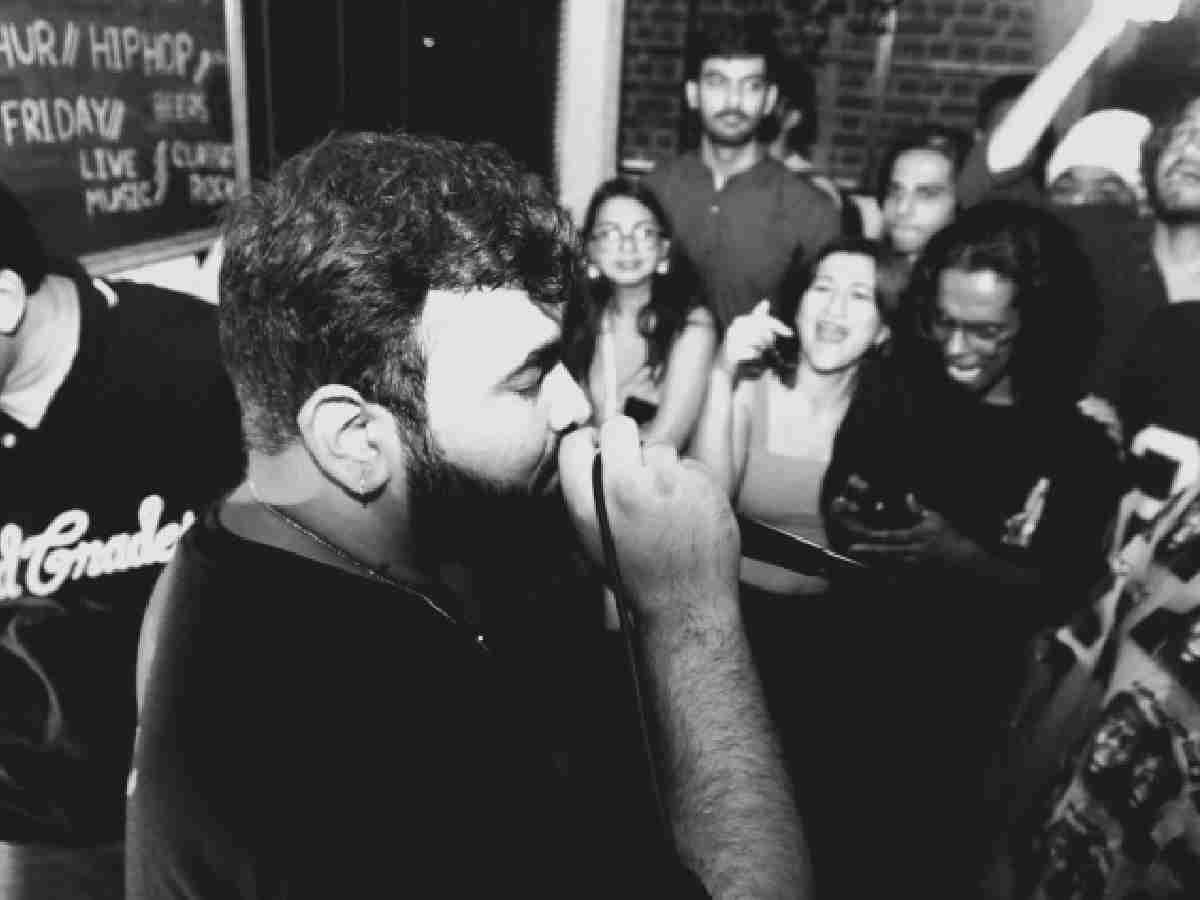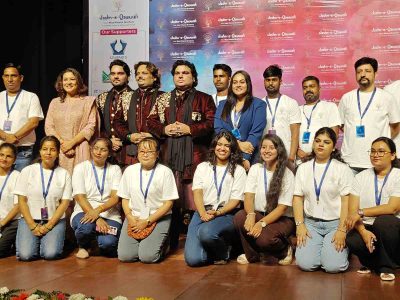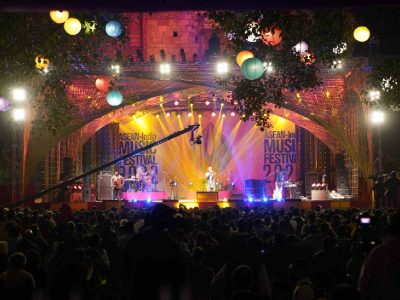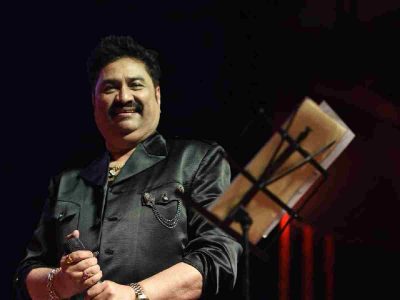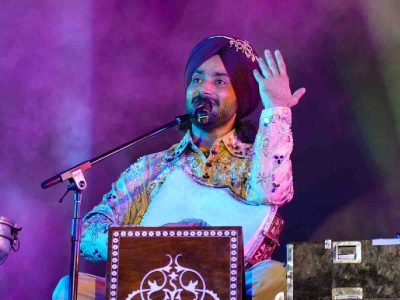When it comes to Desi Hip-Hop (DHH) in India, one city seems to be driving the beat more than any other: Delhi.
With a unique blend of cultural diversity, an open-minded audience, and a thriving music scene, Delhi has become the epicentre of the DHH movement, influencing artists from across the country.
Delhi has been a breeding ground for some of the most relevant names in the DHH scene, like Krsna, Seedhe Maut, MC Kode, and Raga. These artists have put Delhi on the map, and helped it outshine other cities.
Siyaahi, an Ahmedabad-based DHH artist reveals that despite his roots in Gujarat, the majority of his listeners hail from Delhi.
“Delhi feels like home,” he says, pointing out how the city’s audience acts as a gateway to reaching fans in Tier-2 cities.
Also Read: Delhiites most enthusiastic about my music: Kabul Bukhari
He further explains that it’s not just about the numbers; it’s about the sense of belonging that Delhi offers to artists from all corners of the country. Siyaahi himself began his journey into DHH by watching Delhi-based artists on YouTube back in 2017, and was captivated by their raw energy and relatable lyrics.
Back in 2013-14, Delhi saw the birth of a community that would become cornerstone of the DHH movement: Spit Dope.
Started by MC Kode, Seedhe Maut, Yungsta, and other rappers from that era, Spit Dope was more than just a gathering; it was a movement.
As Sahaj, a 20-year-old DHH artist from Delhi who now heads Spit Dope, recalls, “It was a bunch of guys rapping in a circle, spitting dope.”
Despite concerns about oversaturation in the DHH scene, Sahaj remains optimistic. He believes that there’s room for everyone, no matter how niche their sound might be. After all, good music always finds its way to the right ears.
Today, Spit Dope is revered as India’s most valuable DHH community, nurturing the next generation of artists with their cyphers, rap battles and other events.
If you’ve ever been to a DHH cypher, you’ve witnessed the raw, unfiltered talent that defines this genre. A cypher is an open space where rappers and beatboxers gather to showcase their skills—a true celebration of the DHH community.
Sarthak, an artist originally from Bhubaneswar who now resides in Delhi NCR, shares how the city has shaped his character and helped him connect with a larger metropolitan audience.
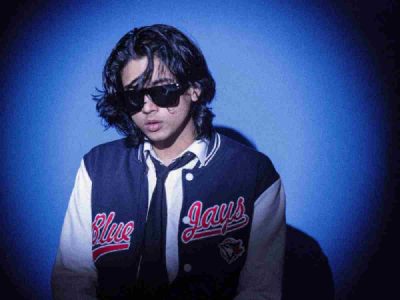
“There’s a niche for everything,” he says, “Delhi’s culture is so accepting that there’s always a gateway to find your audience.”
Another budding artist from Delhi NCR, A. Roy, echoes this sentiment. He started making music because he was influenced by Delhi’s artists. He feels that Mumbai had its era in DHH, but now it’s Delhi’s time to shine. A. Roy credits Seedhe Maut for setting out the blueprint for the sound of Delhi, breaking barriers with relatable lyrics that resonate with everyday life in the city.
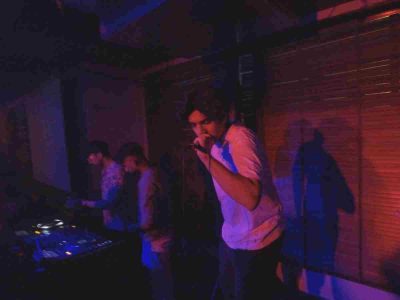
He says restaurants and bars like Auro in Hauz Khas and Raasta in Green Park have been crucial in allowing artists to perform for live audiences and get paid.
“I’ve seen people coming all the way from Rajasthan, packed in trains, just to attend and perform at cyphers in Delhi,” A Roy shares.
He adds, “Kids from smaller towns in Uttar Pradesh plan to go to Delhi for college and then thrive in the hip-hop culture.”
DHH in India has come a long way from just rapping over beats.Today, it’s a full-fledged culture encompassing graffiti, breakdancing, and DJ-ing. MC Amrit, another Delhi-based artist, emphasises on how Spit Dope expanded DHH beyond just rapping, introducing new elements like skateboarding into the mix.
Also Read: Nisschal Zaveri: A modern maestro of ghazals
He explains how Spit Dope played a significant role in this revolution, with people skating in the ring at Deer Park near Hauz Khas, bringing new elements of hip-hop into the culture.
He also proudly mentions, “I have the boli, or accent, purely of Delhi and I love it.”
This evolution has led to artists like HanuMankind reaching global charts with songs like Big Dawgs—a testament to how far DHH has come.
Experimentation has been key to the growth of DHH in recent years. Pakeezah, a music producer from Mumbai, notes that Delhi’s audience is more accepting than other cities, appreciating raw music rather than just following trends. He believes DHH took so long to go mainstream in India because it doesn’t cater to the stereotypes of commercial music. But in Delhi, there’s a niche for everything, and people are passionate about supporting what they love.
The journey of DHH into the mainstream wasn’t sudden; it was a series of pivotal events that opened the floodgates. The infamous Raftaar vs Emiway Bantai beef at the end of 2018 attracted significant attention, drawing audiences into the DHH world. Fans started breaking down their songs, delving into the references and metaphors, which acted as a gateway to the genre.
Then came the Bollywood movie Gully Boy in February 2019, which was a massive hit, depicting the struggles of a rapper from Mumbai’s gullies. This film brought DHH into the living rooms of millions.
Also Read: Aspiring lyricists should choose independent music: Hussain Haidry
Shortly after, MTV Hustle, a rap battle show that premiered in August 2019, further fuelled the DHH fire by showcasing raw talent to a nationwide audience.
During the lockdown, Rohan Cariappa, an Indian YouTuber, played a crucial role in pushing DHH to a larger audience. By explaining and introducing his audience to the basics of DHH, he helped many discover the genre. Since then, DHH has flourished, evolving into the vibrant and diverse scene it is today.
But it’s not just Delhi’s artists who are pushing the envelope. Cities like Chandigarh, Pune, Dehradun, and Jamshedpur are also making their mark on the DHH scene, thanks to the experimental sounds of artists like Dhanji, Shauharty, and Chaar Diwari.
Also Read: Blended classical singing with bhangra in latest song: Daler Mehndi
Still, Delhi remains the heartbeat, with events happening almost daily to keep the culture alive.
During his tour in India, B-Leaf, a musical composer and singer who closely worked with other DHH artists along with another artist ‘Darzi’, was blown away by the response he received in Delhi.
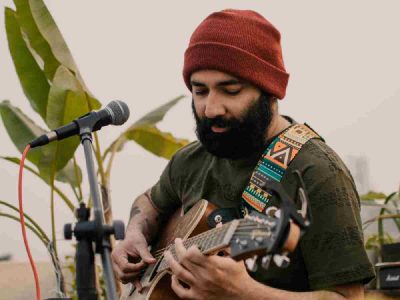
“We released tickets for the Delhi show, and they were sold out within three minutes,” he recalls.
It’s clear that the passion for good music runs deep in the Capital.
Delhi’s influence on DHH is undeniable, whether you’re talking about the first generation of rappers like Raftaar or the new-gen powerhouses like Seedhe Maut and Raga.

